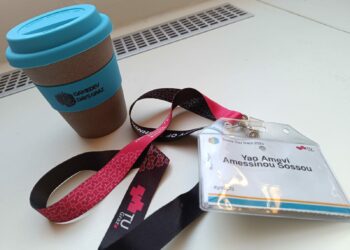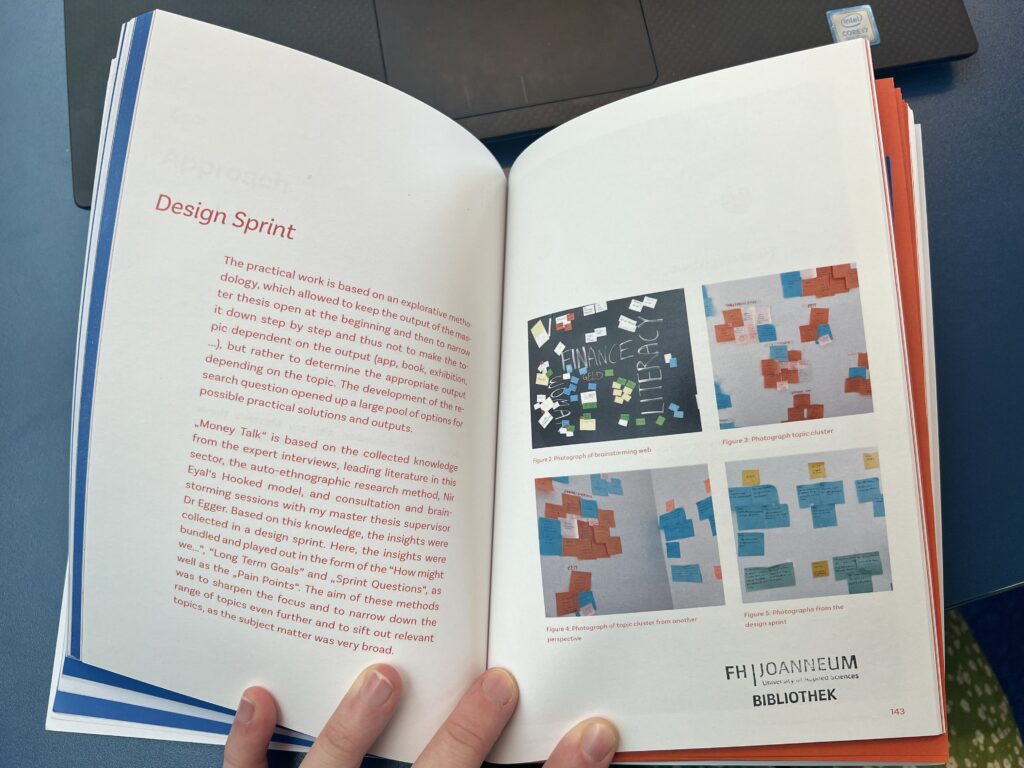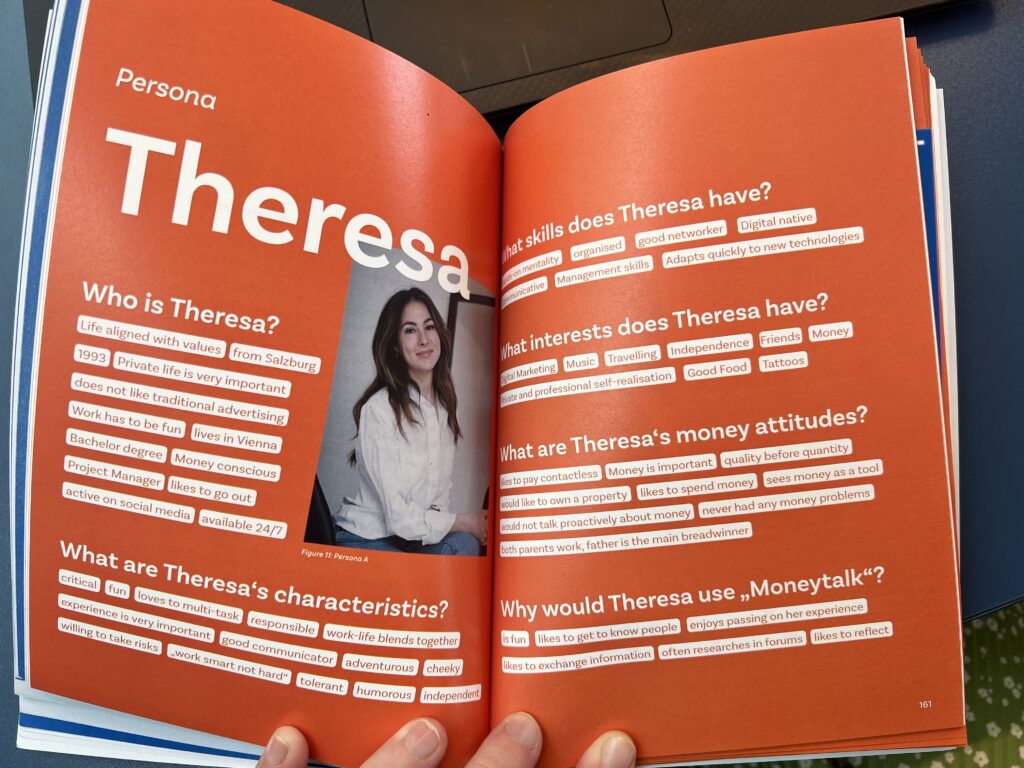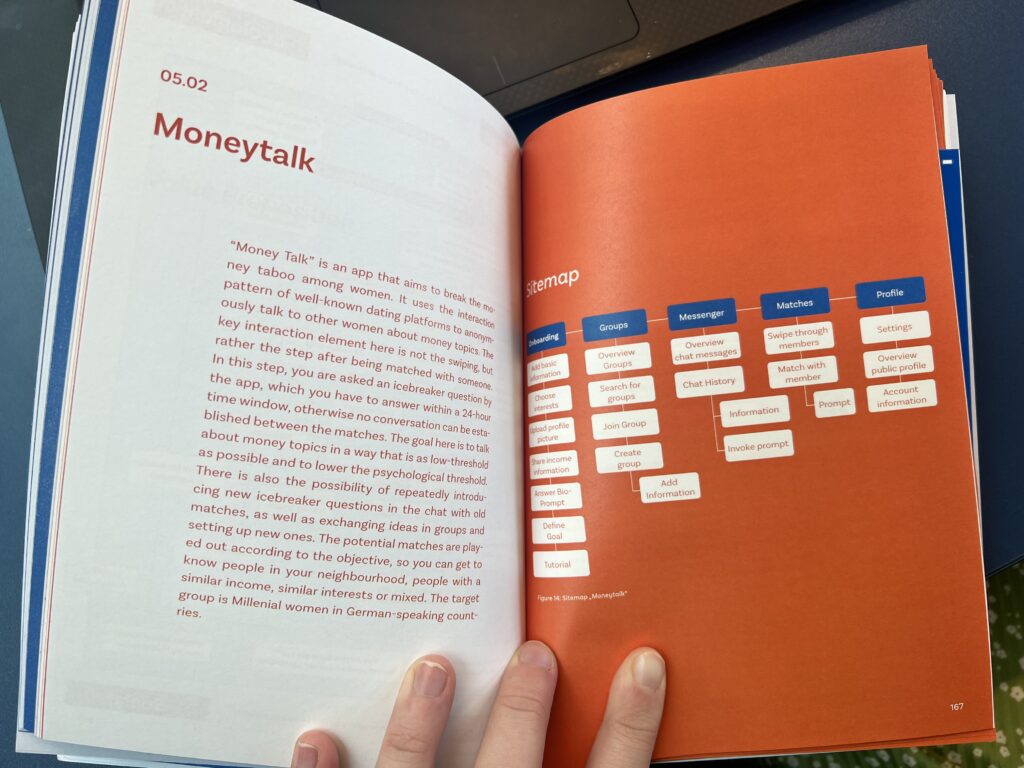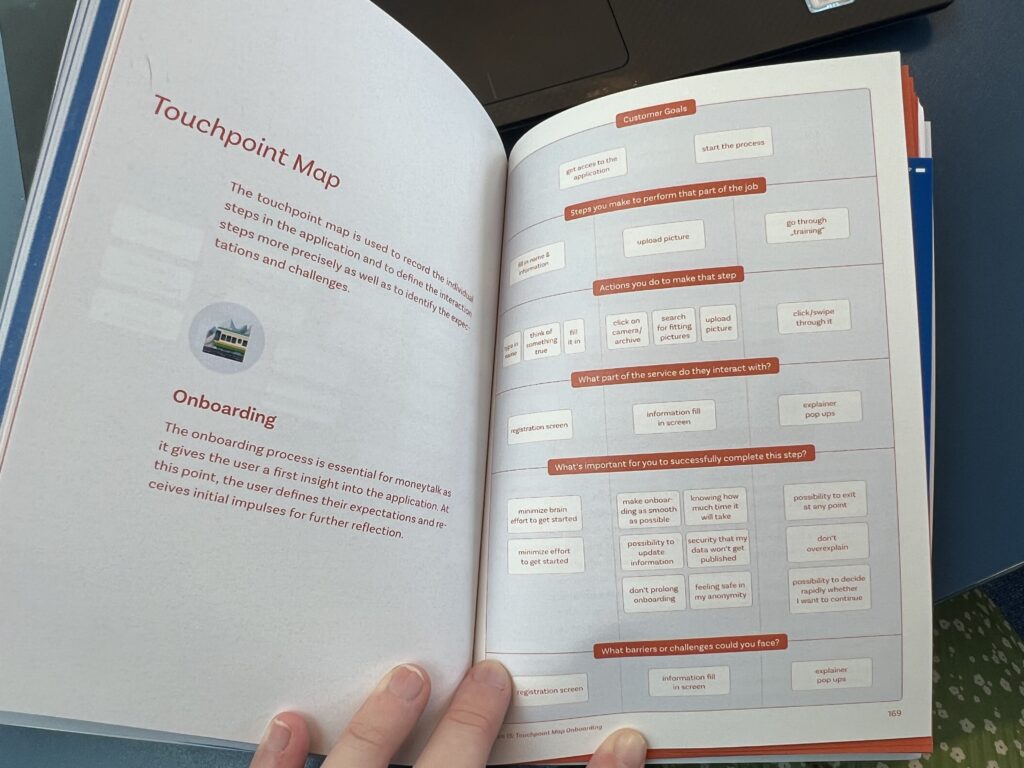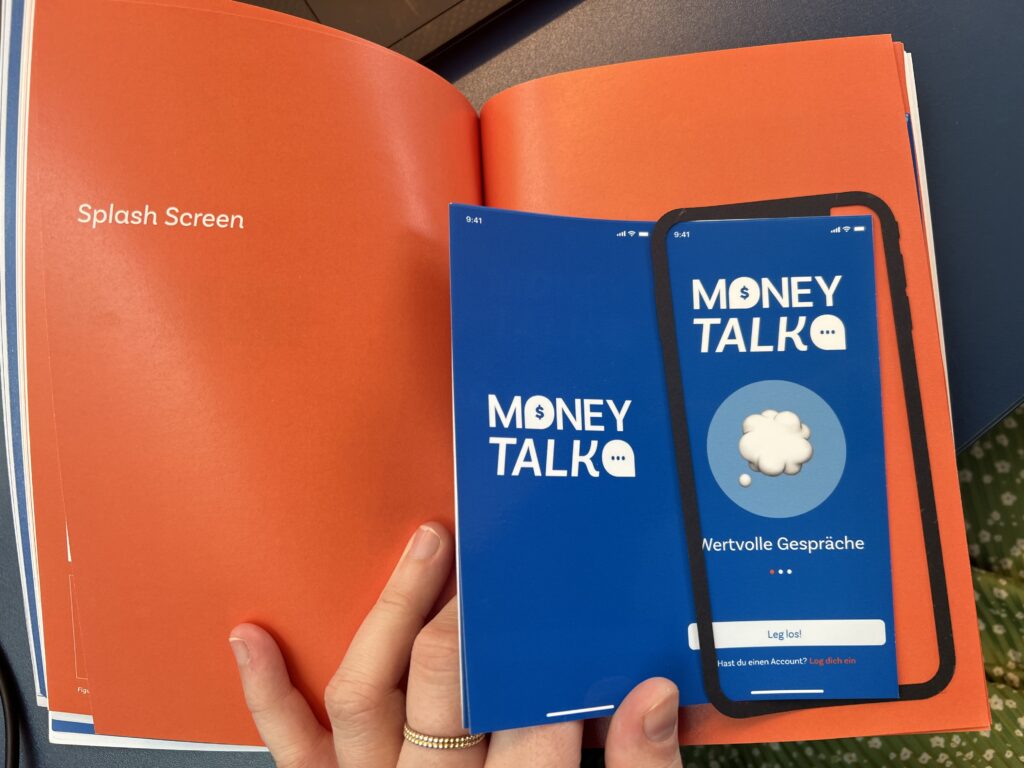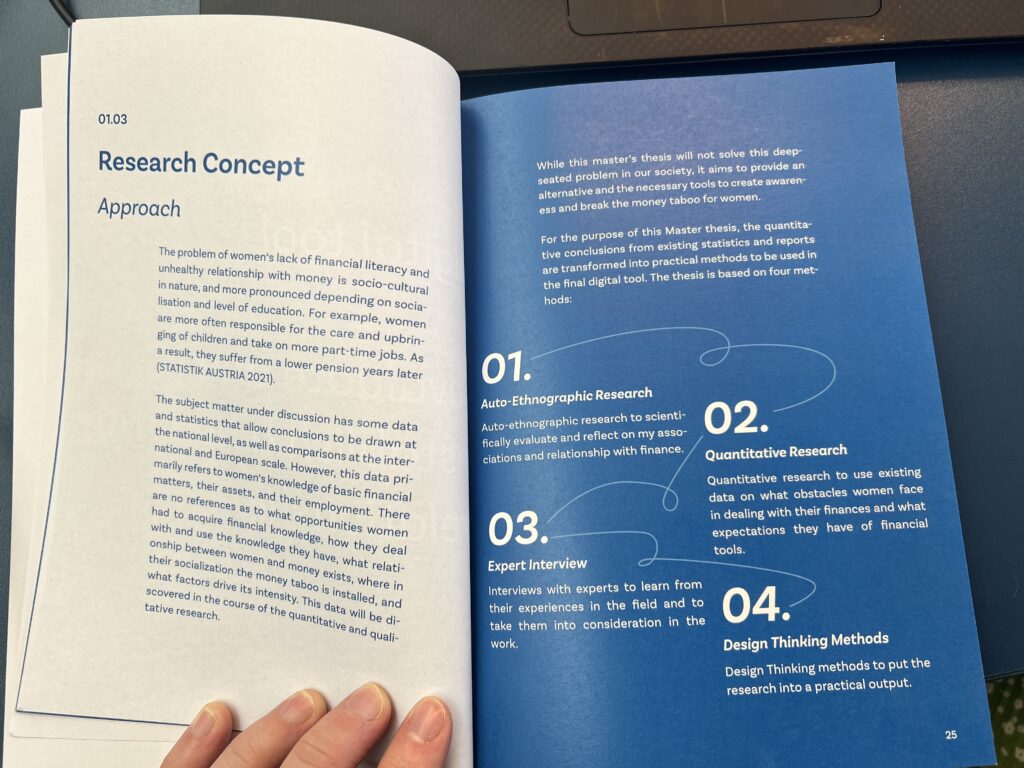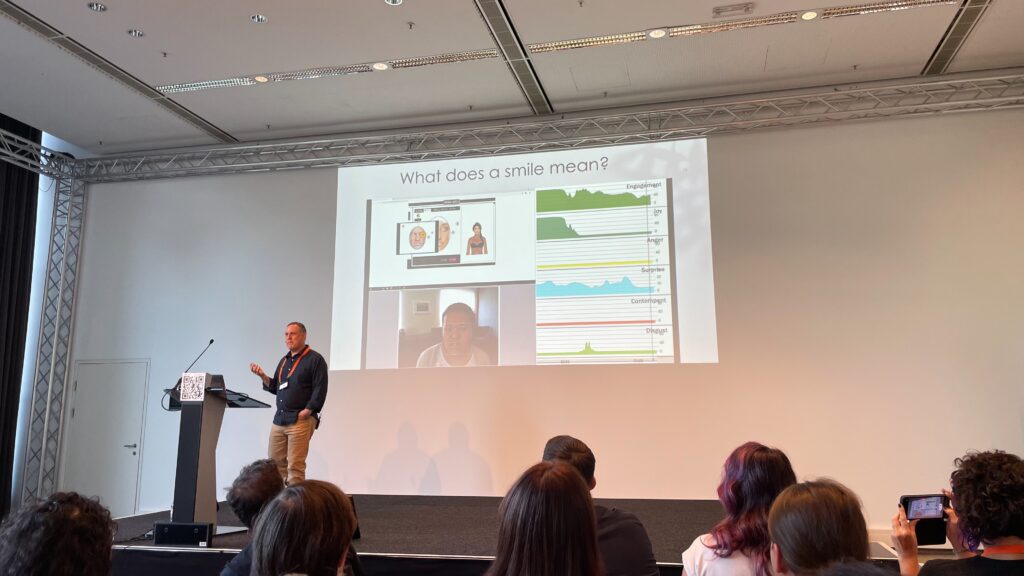Game Day 2023 was an event filled with excitement, learning, and inspiration. Game developers and enthusiasts from all around the world gathered to share their experiences, insights, and knowledge. Among the many remarkable talks, three speakers left a lasting impression on me, sharing their journeys, sustainability strategies, and the importance of well-structured processes in game development.
The Struggles Behind MosaMina
One of the most captivating talks of the day was by Joshua Hollendonner, who shared his journey and the hardships he faced in creating the famous game, MosaMina. He provided a firsthand account of the challenges he encountered while striving to make his dream a reality. Hollendonner’s story of perseverance and determination resonated with many of us in the audience. It was a reminder that success in the gaming industry often requires relentless dedication and the courage to push through adversity.
Hollendonner’s insights shed light on the importance of balancing the pursuit of one’s passion with the demands of earning a living. He highlighted the commitment it takes to continue working on a game’s vision and updates, even in the face of financial instability. As game developers or designer, we can draw inspiration from his journey and remember that great games are born out of passion and unwavering persistence.
GGWP – Green Game vs World Problems
Jan Steinhauser’s talk on “GGWP: Green Game vs World Problems” presented a fresh perspective on game development and sustainability. He emphasized the responsibility of game developers in contributing to a more sustainable world. Steinhauser’s insights challenged the traditional mindset of game creation and encouraged us to consider the environmental impact of our projects.
The key takeaway from Steinhauser’s talk was the potential for integrating gamification into applications for underserved rural communities, particularly in the healthcare sector. By adopting eco-friendly practices and considering the long-term consequences of game development, we can create games that not only entertain but also make a positive impact on our planet. This shift in perspective could pave the way for more ethical and sustainable game development practices in the future.
The Power of Structured Processes
In a world where game development is a dynamic and ever-evolving field, Marcus Walhütter’s talk on the importance of implementing structured processes for releasing and updating games was a revelation. Walhütter stressed the significance of organized workflows, from initial concept to final release. He emphasized that efficient processes can prevent chaos and ensure that a game is delivered to its audience as planned.
This insight reminds us that the success of a game doesn’t solely rely on creativity; it also hinges on discipline and structure. Game development teams can benefit greatly from well-defined procedures that streamline the development and launch of their games, reducing the risk of delays or unexpected obstacles.
Game Day 2023 was a treasure trove of wisdom for game developers. The talks by Joshua Hollendonner, Jan Steinhauser, and Marcus Walhütter not only provided valuable insights but also inspired us to think differently about game development. Hollendonner’s story of resilience, Steinhauser’s call for sustainable game design, and Walhütter’s focus on structured processes all contribute to our evolving understanding of what it takes to succeed in this exciting and competitive industry.
As desginer, we can draw from these experiences and perspectives to create not only entertaining games but also eco-conscious and efficient processes. Game Day 2023 was a reminder that our community is continuously evolving and that with each new insight, we have the opportunity to elevate our craft and contribute positively to the world of gaming.
For more information you can watch the recording: Browse – TUbe (tugraz.at)
